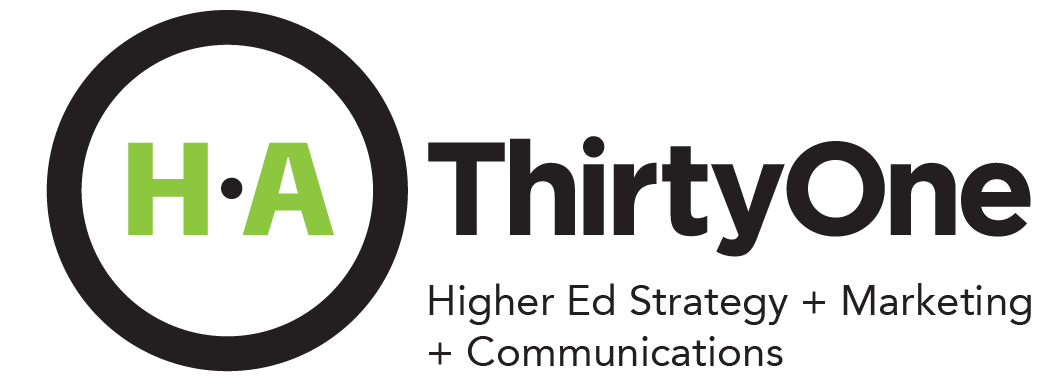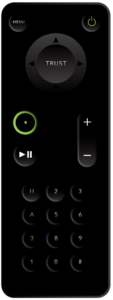
Flashback to earlier in the pandemic, when most institutions and organizations made the pivot to remote learning and working.
An #emchat session posed questions about what experience people had with working remotely, including how long they had done so. I remember my answer to the “how long” part of the question was significantly longer than any other respondent. I think that was one of the first times that I realized that remote work was not simply a soapbox of mine, but was now a recognized skill and asset. The same holds true for HA ThirtyOne. From our inception more than a decade ago, we’ve embraced remote work and now have a bounty of best practices and experience we provide as one of our areas of consulting to help other groups make remote work, well… work.
But one organization’s remote work, or even that of a single individual, is by no means the same as another’s.
As I talk to higher ed leaders and hear the various stories they share about how remote work is taking shape (or not) on their campuses, I am astounded by the vast permutations of such a simple concept. From our perspective, we know things are headed in a problematic direction when rules and regulations begin to govern who gets to work remotely and for how long, and who doesn’t. Quantification of someone’s work should be based on the quality of their work, not where they do it.
Creative and Connected
Perhaps this perspective stems from the creative core of HA ThirtyOne. As creatives, we all know that our best ideas may come only when we’re out riding bikes, digging in the dirt or cooking dinner rather than staring at computer screens while seated in chairs under fluorescent lights. That’s the nature of the creative process. We do our best work when we give our minds the time and space they need to work their best.
That’s not to imply that our team lolls about waiting for the muse to cooperate. We all work diligently, focused on our tasks and projects, creating and contributing for the success of the whole. We have clearly defined deliverables and deadlines. We collaborate as needed, asking questions, seeking direction, processing feedback, and we get the job done. Really well. And it all gets done remotely. Our formula is simple: we operate on trust and collective accountability to complete our work as opposed to the quantification of how many hours were used to sit at the public desk versus the park bench. And while examples of extremes are fun, the reality of remote work looks more like having the focused quiet or uninterrupted time to address projects while also being able to pet the dog, break for lunch to feed your youngster, or, heaven forbid, go to the dentist. Boiled down, remote work allows greater individual freedom and removes the tendency to over engineer or micromanage.
“The Single Most Important Thing”
While our breed of remote work can be admittedly more challenging at scale, the keys to success remain the same: a clear understanding of expectations; the utilization of multiple communication methods; and knowing when people are available. And the single most important thing that holds it all together is trust.
That’s what rankles me about organizations that get so twisted up about establishing strict parameters for remote work. The more rules and quantifications put in place, the less it seems like the spirit of remote work – getting the job done – and the most important thing, trust, are being centered. The more an employer obsesses over structure, the less they seem to trust their employees. While that may sound harsh, I think when employees are subjected to complex metrics developed around remote work, most agree that it feels like splitting hairs. In my experience, the more trust you give people, the harder they tend to strive to be deserving of it.
If you, your team, or your institution are looking for guidance as you navigate opportunities for remote work, our firm has over a decade of experience to share. Ask for a 30-minute conversation and we’ll share some of our best ideas to help you grow in this area.
Karyn Adams brings her 20+ years of higher ed experience, earned inside the academy and as an external partner, to her service as Principal and Creative Director for HA ThirtyOne. She’s passionate about making great work and making work a great experience.

